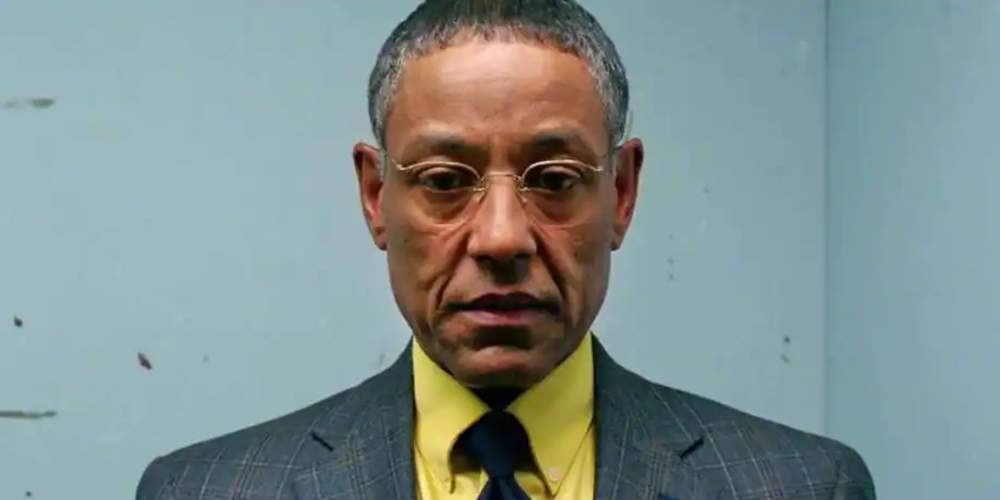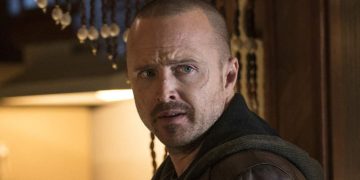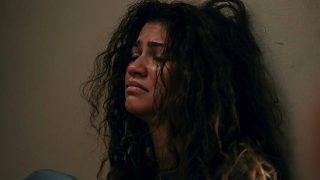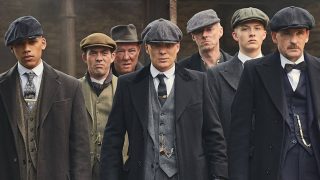If nothing else, Vince Gilligan's world of crime-ridden Albuquerque, New Mexico was filled with morally complex beasts of characters. The long-form narrative arcs of the Breaking Bad saga played out by showing how far once good people could fall.
The defining traits of villainy were never clear in either of Gilligan's masterpiece series. Yet, people ask: who were the best villains? Which evil characters throughout Breaking Bad and Better Call Saul were the ones who stood out most on the screen?
Here are our picks for the best villains across both Breaking Bad and Better Call Saul and why they make for incredible evil characters.
7. Hector Salamanca
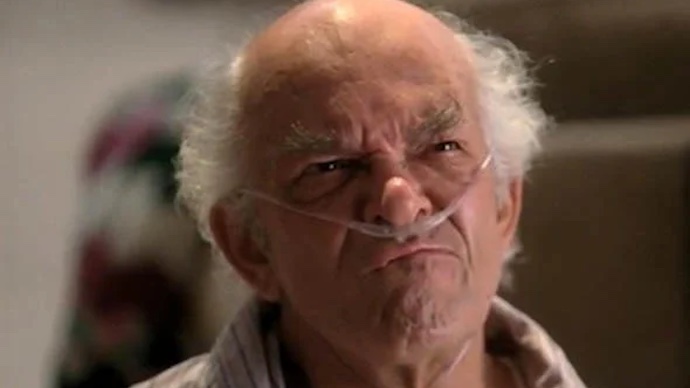
Hector Salamanca was a man who had so little moral standing that he simply operated as he wished, paying no attention to the lives of those around him, believing himself to be untouchable.
Of course, in the end, Hector was anything but. The sheer arrogance of the cartel boss saw him eventually confined to a wheelchair—after Nacho replaced his medicine with sugar pills, leading to a stroke.
However, despite his nasty demeanor, Hector wasn't stupid. He knew Gus Fring was behind everything going wrong with the cartel, and he often tried to tell others that fact only for it to fall on deaf ears.
By the time Hector's end came—blowing himself up with Gus Fring as his target—he deserved all the misery piled upon him.
6. Mike Ehrmantraut
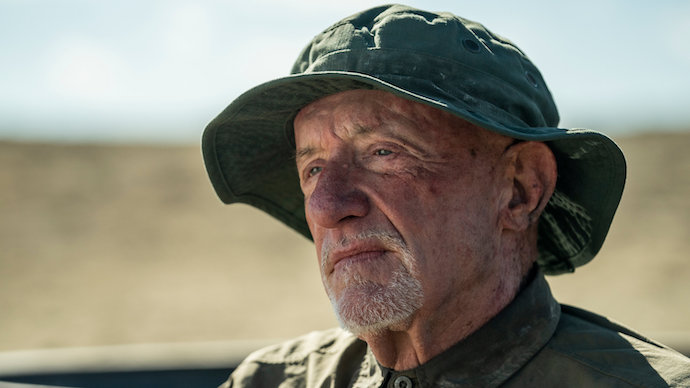
Yes, Mike Ehrmantraut was a villain. Sure, he might've been one who always seemed to know where to draw the line as he did his job as assassin and cleaner, but Mike was indeed a "bad guy" nonetheless.
Mike is one of the best overall characters in both Breaking Bad and Better Call Saul. He had a magnetism that drew us to him in the best and worst of times, and his desire to earn more money for his family were always the core motivation for his efforts.
In that sense, perhaps Mike can never be considered fully evil. His villainy is one born of opportunity, with him following the money until everything comes crashing down. He served as an anti-hero of sorts, and his overall story arc rivals that of any anti-hero protagonist.
5. Uncle Jack
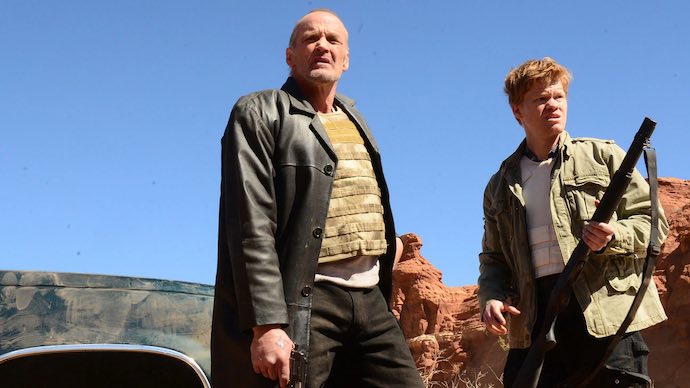
Uncle Jack served one narrative purpose in Breaking Bad, which was to be the final hurdle of Walter White's life and career as a meth cook.
After he robs Walter of most of his money, the neo-Nazi holds Jesse hostage and threatens his girlfriend to keep him cooking meth. As a character, Uncle Jack goes no deeper than that—but as a villain, he's formidable.
Jack's end comes at the cost of Walter's life, but seeing Walter slaughter the whole neo-Nazi crew is a scene for the TV ages, especially as he protects Jesse Pinkman in the process.
4. Lalo Salamanca
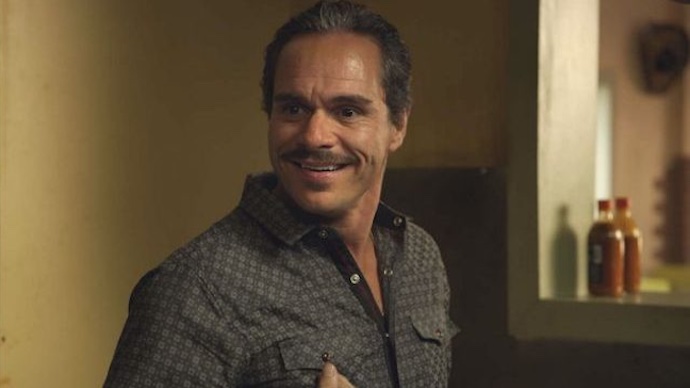
When Lalo Salamanca first arrived, the story seemed too full to fit in another of the hateful Salamanca clan. However, when Better Call Saul reached its end, Lalo had cemented his place as one of TV's best villains.
As the one who steps in to replace Hector following the latter's stroke, Lalo is clearly very different. He's charming, funny, and willing to listen to reason—all while being a relentless psychopath.
Lalo had a likable swagger that almost made you root for him as he took on Gus Fring, knowing that Hector's theory about Fring being behind the plot against the cartel was true. Though he died, Lalo's place as a villain is undeniable: not just another Salamanca, but truly the best of them.
3. Todd Alquist
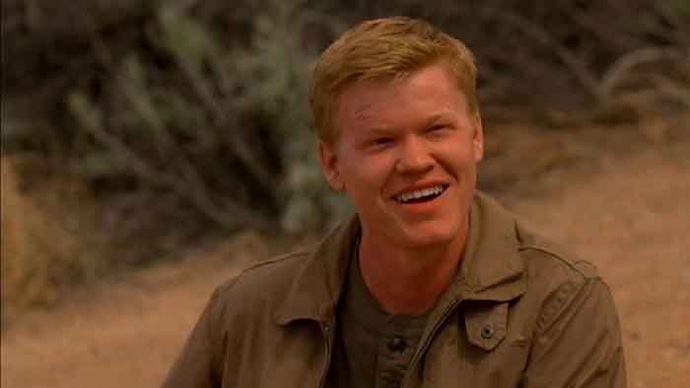
Todd Alquist was the antithesis of Jesse Pinkman. He started out as a character who seemed harmless but slowly showed himself to be a hateful and unrelenting murderer who could kill for no apparent reason.
He's the one who brought Walter and Jesse into contact with the neo-Nazis. He tried to hold Jesse captive like an animal. He was the person responsible for bringing Breaking Bad to an end with Walt's death.
The way Todd appeared so detached from the crimes he committed was the most shocking part of his character, and that's why Todd's death at the hands of Jesse Pinkman felt so good to watch.
Todd deserved to die in agonizing pain for the damage he inflicted on Jesse, and seeing Pinkman take such sweet revenge was the final act in a glorious series that rarely had such cathartic moments.
2. Gus Fring
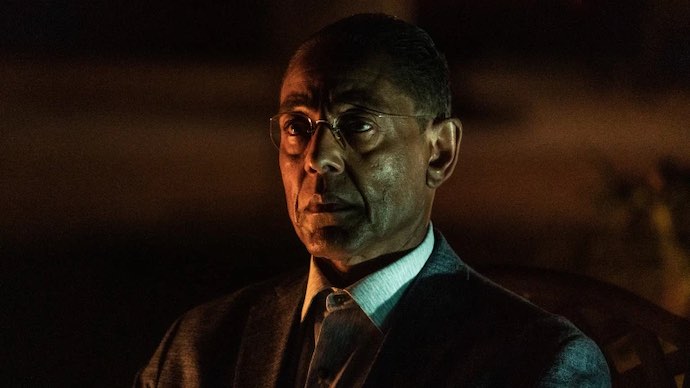
Gustavo Fring was more than just an obstacle for Walter White in his path to becoming a drug lord. He was the perfect version of Walter White, the model for how he should have operated from the start.
Fring was a ruthless killer who lived to murder the entire cartel family for what they did to his partner. His plan took decades to bring together, and its execution was systematic, relentless, and served without mercy.
While Gus Fring portrayed himself as a charming businessman, he was never afraid to do the dirty work himself and he inspired loyalty from those around him. In all that, he was still a dead man behind the eyes who knew nothing but pain and revenge.
And it all came back on him in one of the best, most memorable character deaths in the history of television. His obsession with revenge blinded him enough to be caught in Walter's hail-mary trap.
1. Walter White
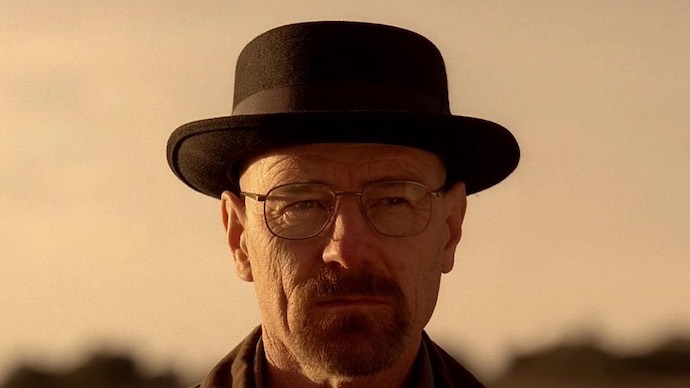
His real name might be Walter White, but that's arguably the wrong person to list here. Heisenberg is the name that should adorn the top rank of Gilligan's villains, the alter-persona to Walter White.
Walter White's identity as a good man just trying to do the best for his family ended when he decided to cook and distribute meth with his former student, Jesse Pinkman. From there, it was Heisenberg who took control of the man and pushed everything he did to the extreme.
The main villain of Breaking Bad was always Heisenberg. Whereas Saul Goodman was born from Jimmy McGill's pursuit of greed, Heisenberg was born from Walter White's deap-seated anger and bitterness.
That acrid rage took over the once-good man and led him on the road to hell—the road to being the biggest villain in the whole saga.
